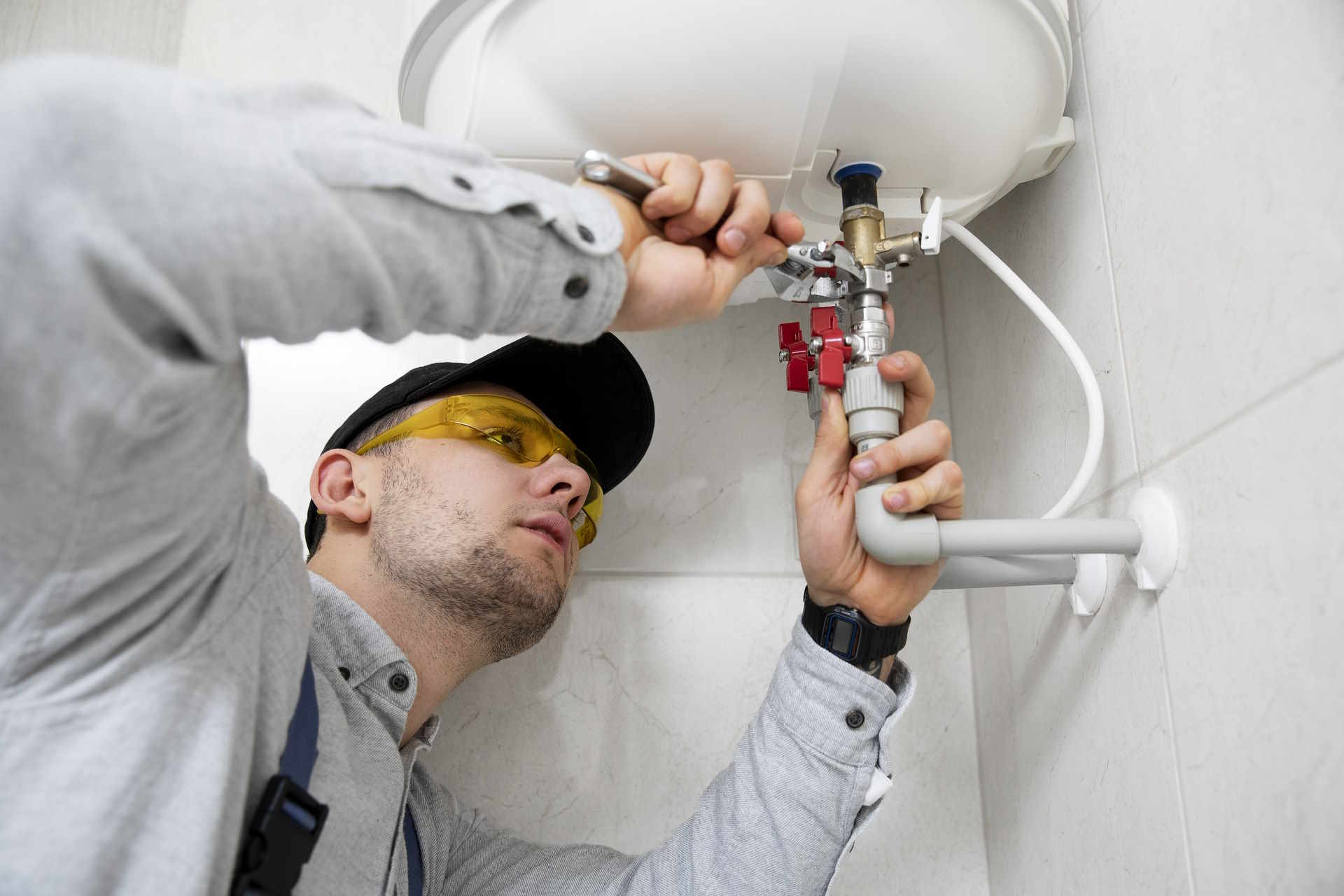Digital Mapping Techniques to Trace Hidden Plumbing Faults
Hidden plumbing faults can escalate if undetected; digital mapping techniques offer a way to locate leaks, track moisture migration, and inform repairs. Combining acoustics, thermal imaging, sensors and analytics improves the precision of diagnostics in buildings.

Modern leak-finding moves beyond visual inspection to combine multiple data streams into a mapped picture of a building’s water behavior. Digital mapping techniques integrate readings from acoustic sensors, thermal imaging, moisture probes and ultrasound devices, then layer those inputs into monitoring systems. This approach reduces invasive probing, speeds diagnostics, and helps maintenance teams prioritize plumbing repairs based on mapped risk rather than guesswork. Clear visualization also improves communication between technicians, facility managers, and local services working in your area.
How do acoustics and ultrasound find leaks?
Acoustics and ultrasound detect sound signatures that escaping water generates inside pipes and behind walls. Sensitive acoustic sensors pick up low-frequency noises from pressurized leaks, while ultrasound devices can reveal turbulent flow and cavities where moisture collects. These methods work well in concealed areas because they rely on vibration and sound propagation rather than visible evidence. When combined with mapping software, acoustic and ultrasound data can be triangulated to narrow the leak location to a specific section of pipe, reducing unnecessary drywall or flooring removal and improving diagnostics accuracy.
How does thermal imaging reveal hidden moisture?
Thermal imaging cameras detect temperature differences caused by water infiltration and evaporative cooling. Wet areas often appear as cooler patches on thermal scans, revealing moisture paths along ceilings, walls, and floors. Thermal imaging is non-contact and fast, making it effective for initial surveys of large areas. While imaging cannot always distinguish between types of moisture sources, pairing thermal data with moisture probe readings and contextual plumbing maps improves interpretation. Technicians use thermal maps to prioritize where to deploy targeted sensors or remove coverings for a closer inspection.
What role do sensors and IoT play in mapping?
Networked sensors and IoT platforms allow continuous, distributed monitoring across a building. Humidity and moisture sensors, pressure transducers, and flow meters stream live readings to centralized mapping tools. IoT connectivity enables alerts when thresholds are exceeded, and geo-referenced sensor data can be plotted onto floor-plan maps to show evolving moisture conditions. This persistent visibility helps detect intermittent leaks that might be missed during spot checks and supports longer-term monitoring strategies for assets, utilities, and plumbing infrastructure in your area.
How does monitoring support ongoing diagnostics?
Ongoing monitoring captures trends over time, which is essential for distinguishing a transient event from a persistent fault. Time-series data from sensors and meters feed analytics engines that flag anomalies—such as pressure drops, recurring moisture spikes, or acoustic signatures that reappear at night. Monitoring reduces false positives by correlating multiple signals (for example, matching a thermal anomaly with elevated moisture and acoustic cues), improving the reliability of diagnostics. Map-based dashboards let technicians visualize these correlations and plan interventions with a clearer picture of system behavior.
What mapping methods combine data and analytics?
Effective mapping systems merge spatial layouts, sensor locations, and layered datasets—acoustic logs, thermal imagery, ultrasound scans, and moisture readings. Analytics apply algorithms to detect patterns, perform source localization, and estimate severity. For instance, triangulation using time-delay acoustic data can pinpoint a pipe segment, while spatial interpolation of moisture probes outlines affected zones. Advanced setups incorporate predictive analytics to flag areas with rising risk scores, enabling preemptive maintenance. These combined techniques turn raw sensor output into actionable diagnostics and prioritized repair maps.
How to interpret results for plumbing repairs?
Interpreting mapped findings requires context: understanding pipe materials, typical pressure profiles, and building use patterns helps distinguish false alarms from true faults. A mapped cluster showing thermal cooling, elevated moisture, and matching acoustic signals strongly suggests a leak path; a single anomalous reading might instead indicate sensor drift or an unrelated environmental factor. Cross-referencing building plumbing diagrams with mapped diagnostics narrows potential intervention points. For local services, clear maps shorten on-site investigation time and support targeted repair work while minimizing disruption.
In summary, digital mapping techniques bring multiple nondestructive technologies together—acoustics, ultrasound, thermal imaging, moisture sensors, IoT monitoring, and analytics—to trace hidden plumbing faults more precisely. By layering and correlating data, these methods reduce invasive searches, provide clearer diagnostics, and improve decision-making for repairs and maintenance across residential and commercial settings.





